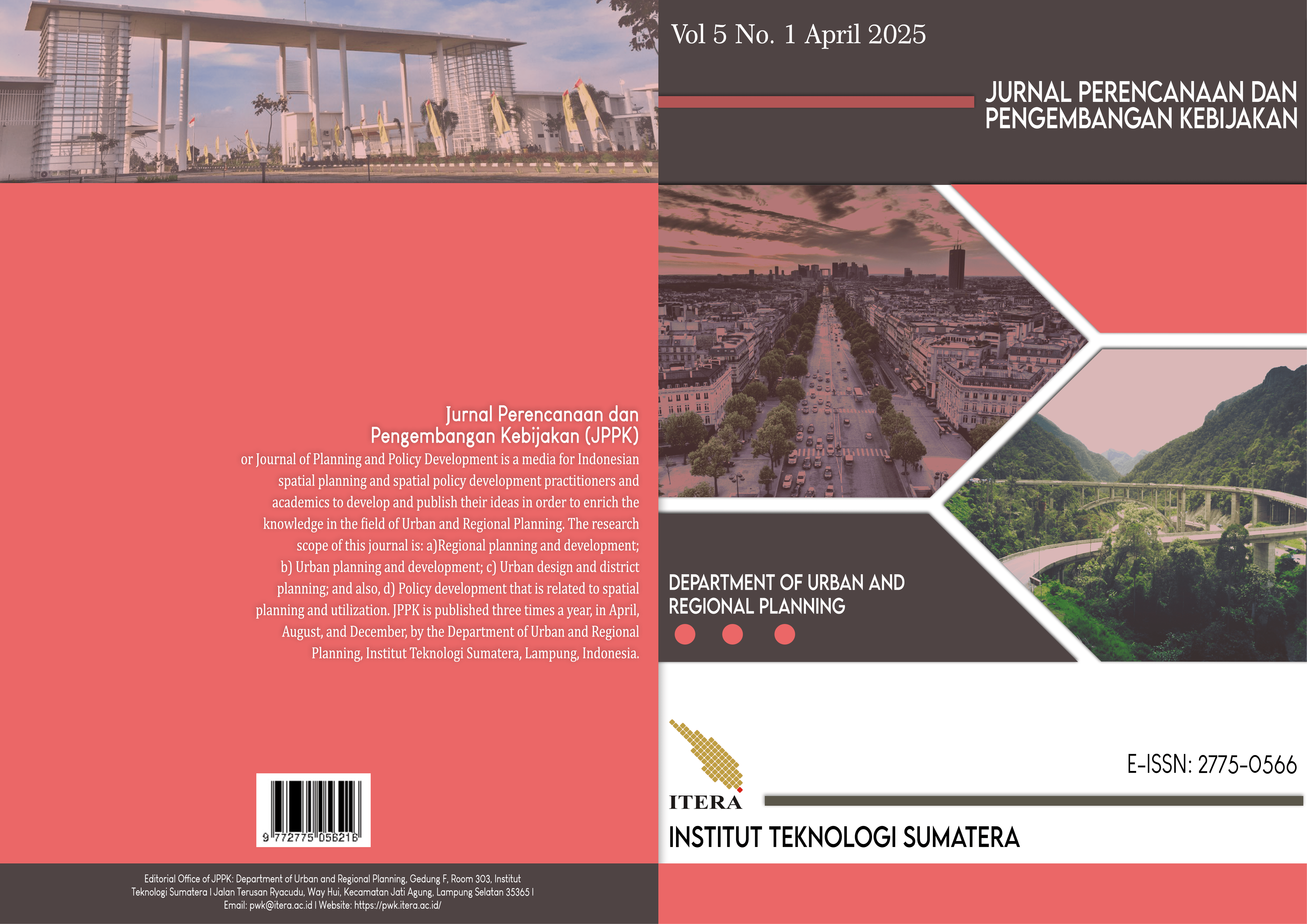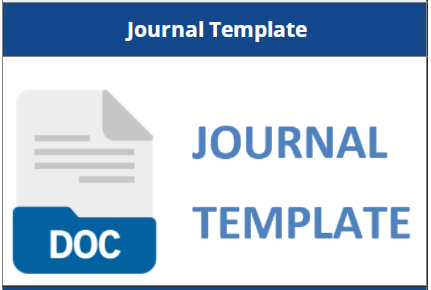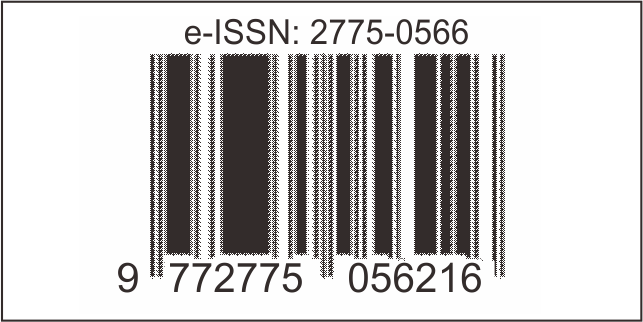Perkembangan Permukiman Peri Urban di Kota Manado Berdasarkan Preferensi Bermukim Masyarakat
Abstract
This study investigates the development of peri-urban settlements in Manado City, focusing on residents' housing preferences. The rapid growth of Manado’s urban population has caused housing development to expand into peri-urban areas due to limited space in the city center. This research aims to analyze the patterns of formal housing development in these areas and assess the factors that influence residents' decisions to live in peri-urban Manado. Using a quantitative approach, data were collected from 165 respondents living in formal housing in two peri-urban areas: Paniki Bawah and Sea I. The data were analyzed using descriptive statistics and conjoint analysis. Results show that 56% of respondents identified accessibility, particularly proximity to work and transportation, as the most important factor in choosing housing, followed by the availability of infrastructure (33%), environmental comfort (24%), and housing affordability (21%). Paniki Bawah experienced the highest population growth at 56% from 2012 to 2022, driven by significant formal housing expansion. These findings provide crucial insights for urban planners and policymakers in designing residential areas that meet residents' preferences and efficiently manage land use in the peri-urban regions of Manado.
Downloads
References
[2] Kecamatan Mapanget Dalam Angka 2022. (2022). BPS Kota Manado.
[3] Kecamatan Pineleng Dalam Angka 2022. (2022). BPS Kabupaten Minahasa.
[4] Leo, K. S. D. (2020). Preferensi Pemilihan Tipe Rumah Dan Lokasi Perumahan Pada Masyarakat Menengah Ke Atas di Daerah Pinggiran Kota Yogyakarta. Reka Ruang, 2(2), 75–85.
[5] National Geographic Society. (2023). Urbanization. https://education.national geographic.org/resource/urbanization/
[6] Syafrina, A., Christysonia Tampubolon, A., Suhendri, Hasriyanti, N., Hanson, & Kusuma, E. (2018). Preferensi Masyarakat tentang Lingkungan Perumahan yang Ingin Ditinggali. 16.
[7] Turner, J. F. C. (1977). Housing By People Towards Autonomy in Building Environments.
[8] Wibowo, B. R. G., Rahayu, P., & Kusumastuti. (2024). Peri-urbanisasi dan Perubahan Struktur Ruang Perkotaan di Kawasan Solo Baru Peri-urbanization and Structural Change in Urban Space of the Solo Baru Area. Desa-Kota, 6(1), 26–41. http://jurnal.uns.ac.id/jdk












